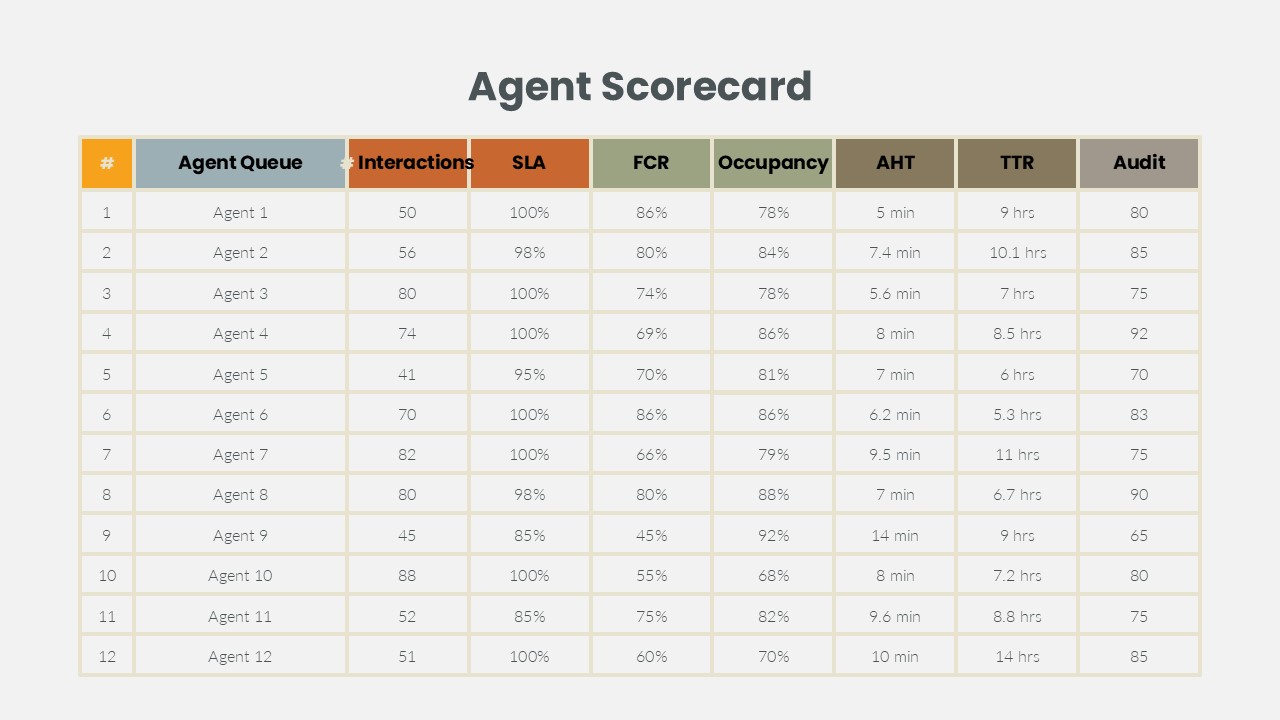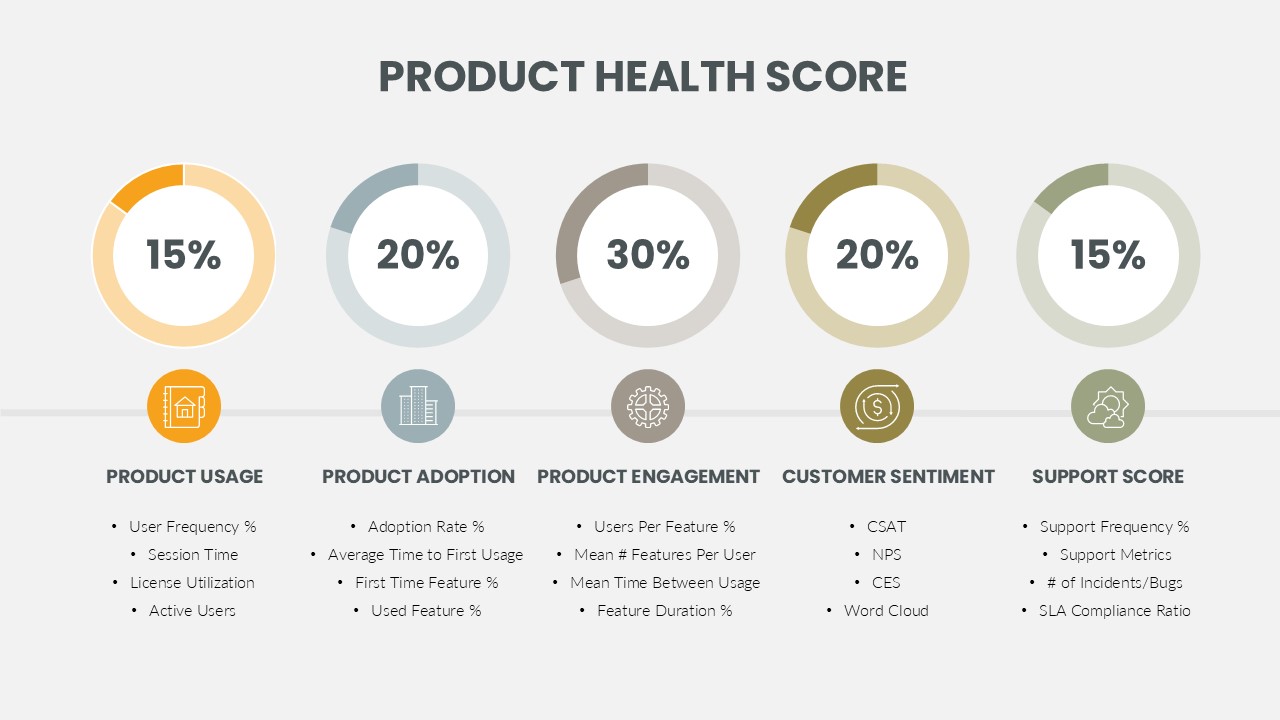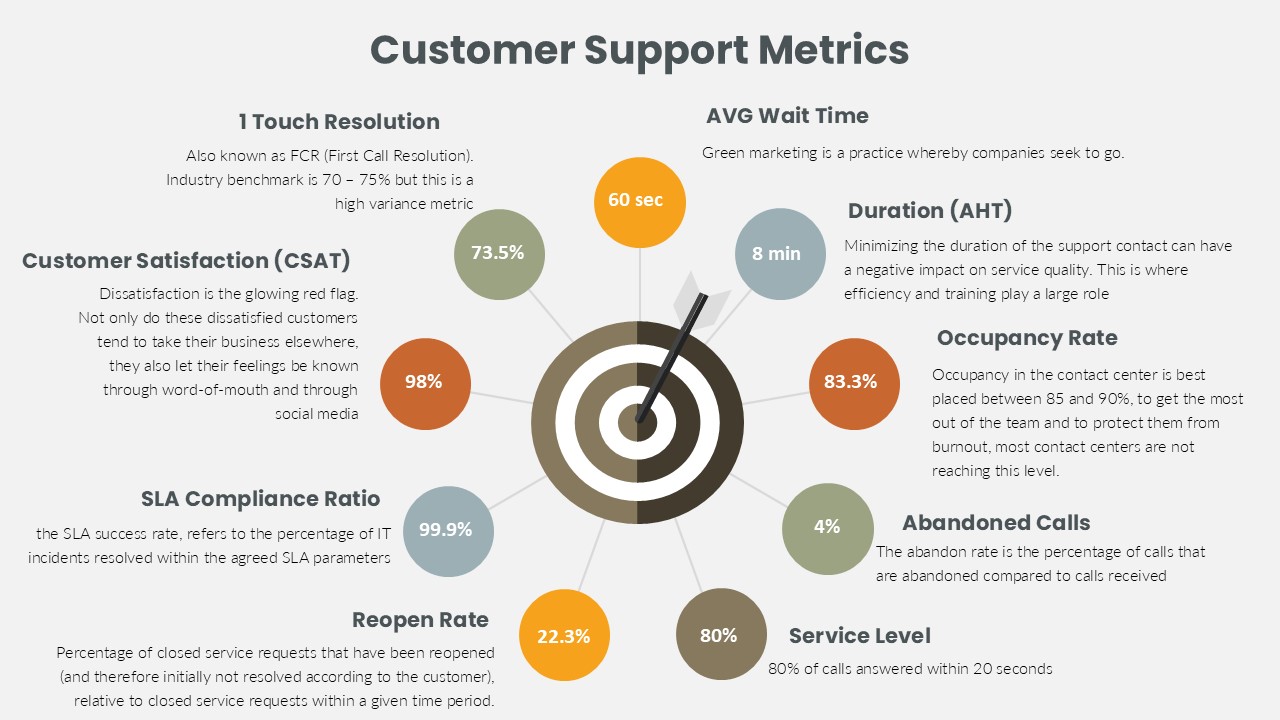Customer Journey
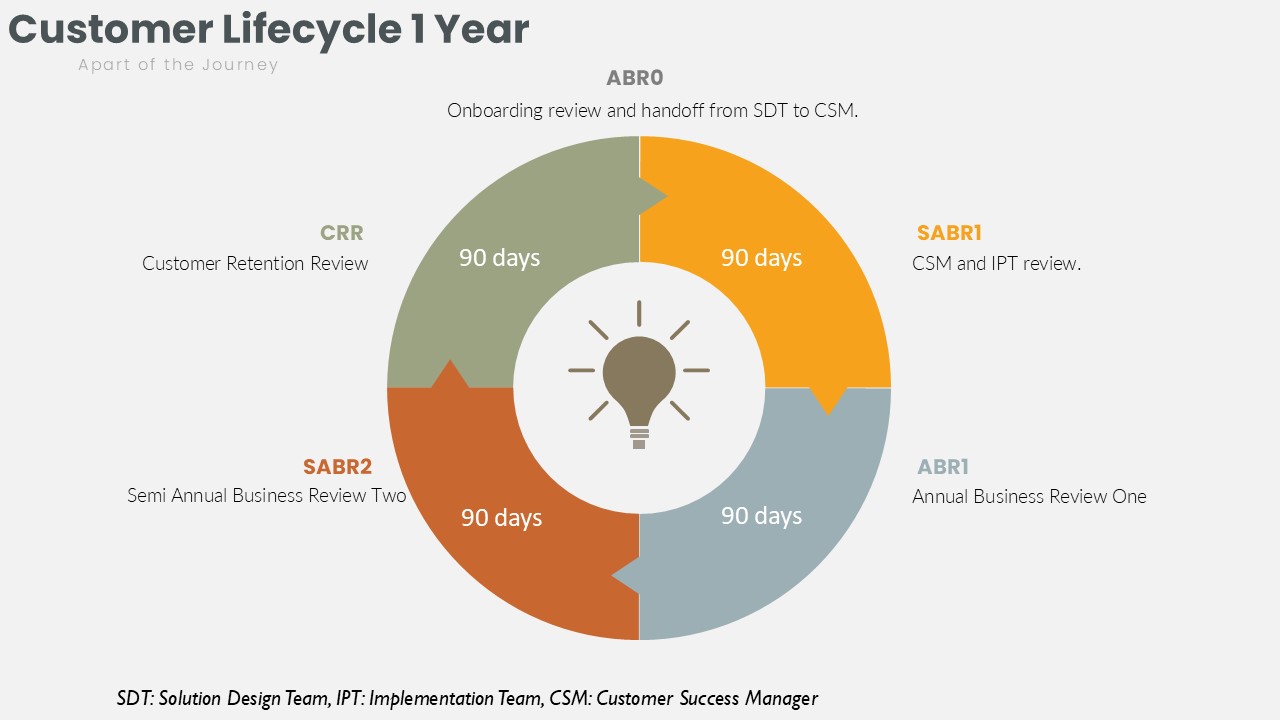
Ensure you see the journey from both the outside-in (Customer view) as well as the Inside-out (Business view) to help spot any potential disconnects
With different personas, you'll usually have different journeys. They'll also have different emotional reactions, different wow moments, different places where the experience of the journey is good or bad. Even if two personas are taking the same journey.
Data Triggers
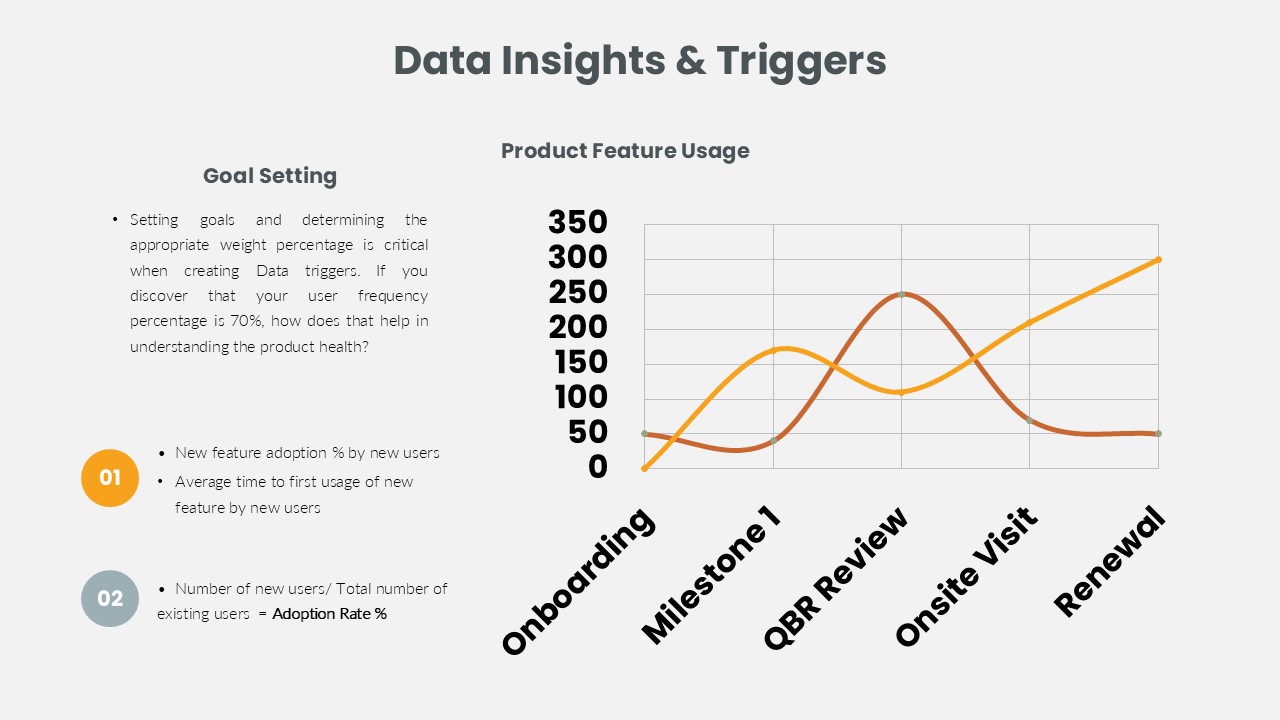
Identify upsell opportunities or renewal risks early, as well as risks before they escalate. Align the customer’s goals with the product’s value.
Implementing automation using data triggers encourages better customer retention, expansion, and satisfaction.
By leveraging timely data insights, SaaS companies can maintain a customer-centric approach, driving engagement and long-term success
Personas
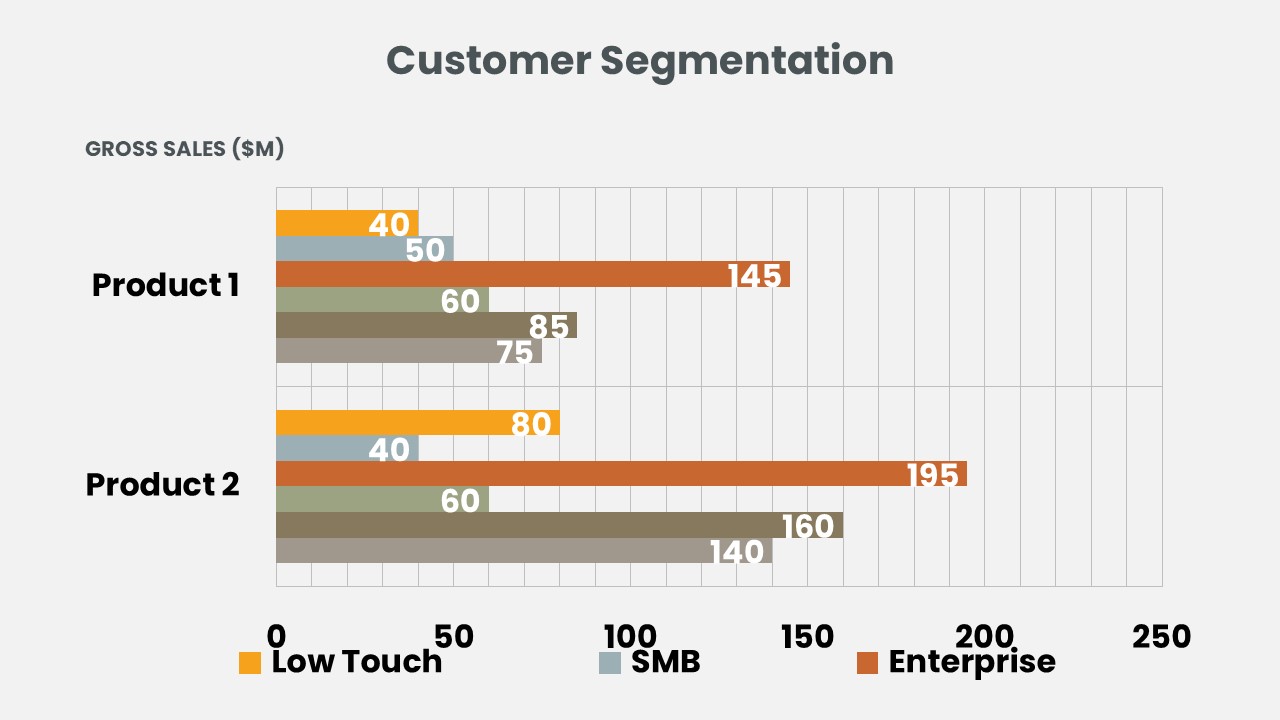
Needs-based segmentation is based on differentiated, validated drivers (needs) that customers express for a specific product or service being offered.
Value-based segmentation differentiates customers by their economic value, grouping customers with the same value level into individual segments that can be distinctly targeted.
Increase Engagement
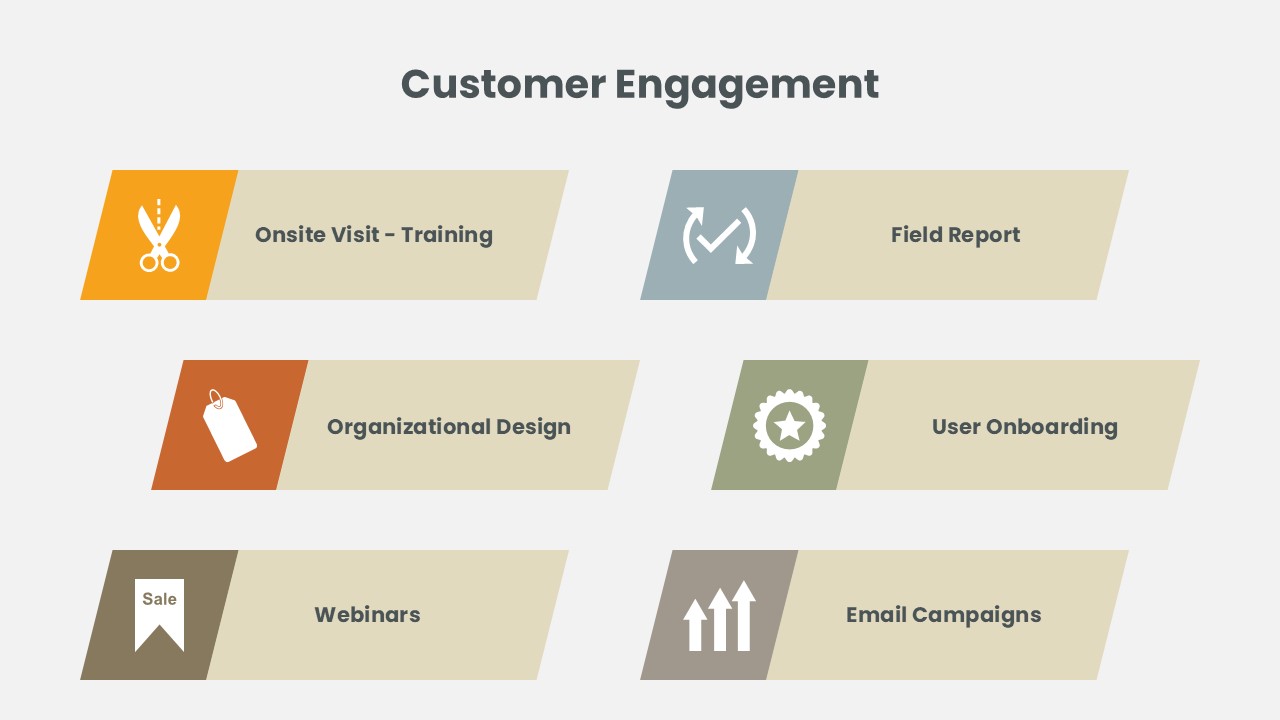
Build, Measure, Learn (This loop also shows how vital customer feedback is to building products that truly matter. Take ‘learn’ out of the equation, and you would literally have an unfinished system);
Gap Analysis (Transform the customers business goals into actual outcomes, and you do this by Identifying where there are any Gaps and build a success plan that aligns with their needs);
Retention Curve (If you are not retaining customers, that means that you are constantly spending to acquire new ones and not making profits, the retention curve should flatten over time.)
Actionable Metrics
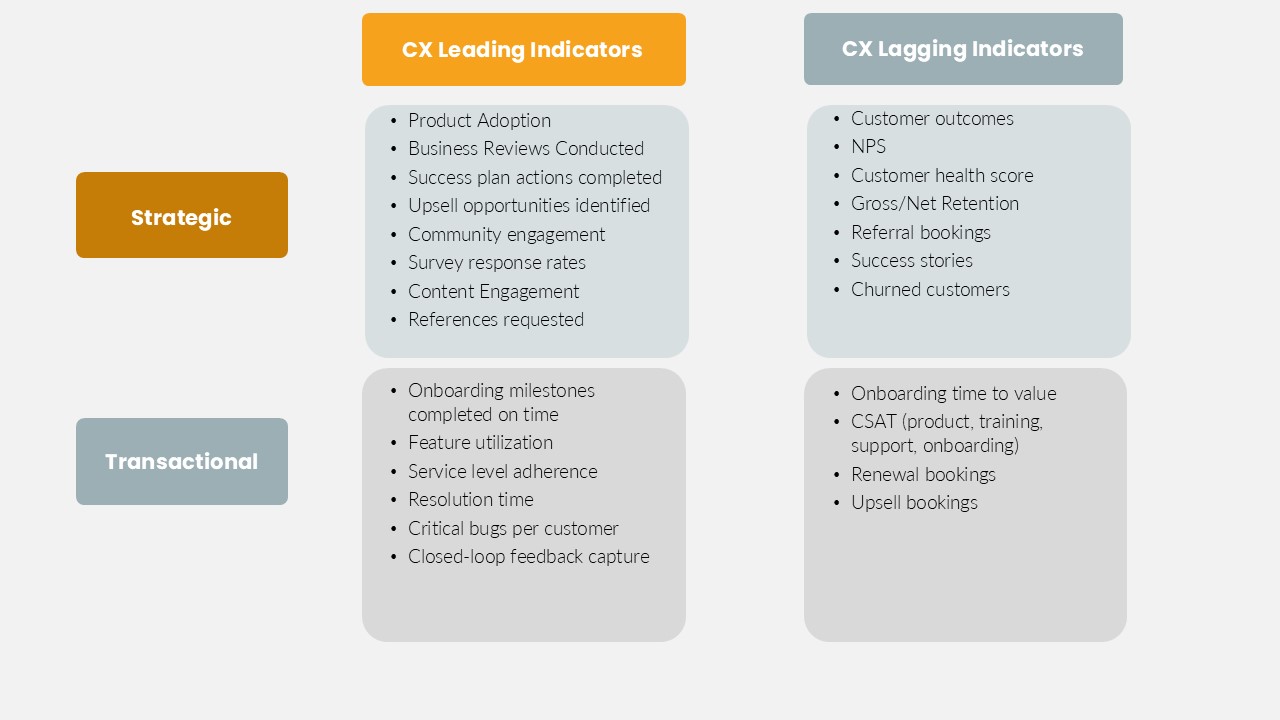
A few rules of thumb to follow when establishing your CX measurement practice:
1. Start small. Start with 8-12 metrics that hit on the key interactions and customer outcomes.
2. Set baselines and establish targets.
3. Plan initiatives based on deviation from targets.
4. Segment customers. For a deeper understanding, break down metrics by having a dashboard at the customer segment.
5. Track over time. We see far too many dashboards that represent one static point in time.
Buyer Happiness
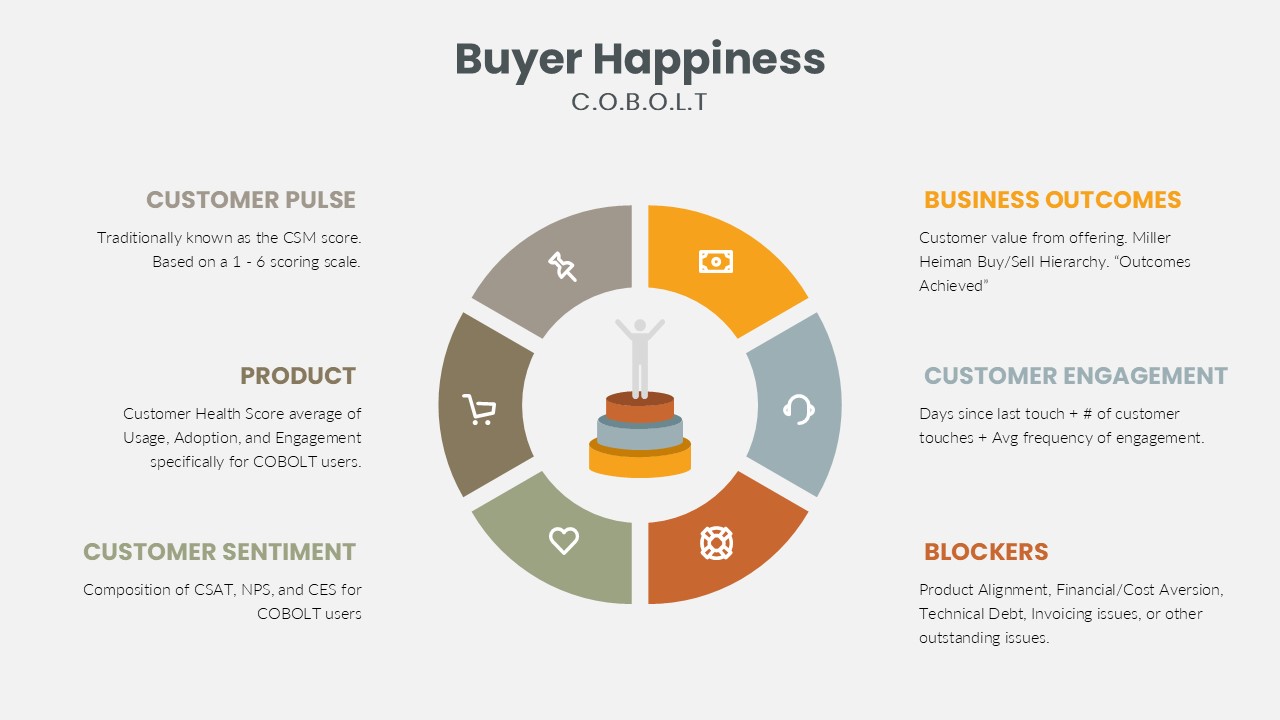
Ensure that managers adoption and engagement metrics are high so that they can push down this knowledge
to their users, effectively increasing the overall Product Health Score.
Bonding with the customer in a consultant like fashion is key so that they can’t envision success without your
relationship. We should always be looking for the opportunities to obtain clarity of vision and not be misaligned with the
customer.
1:1 human interactions drive meaningful change.






